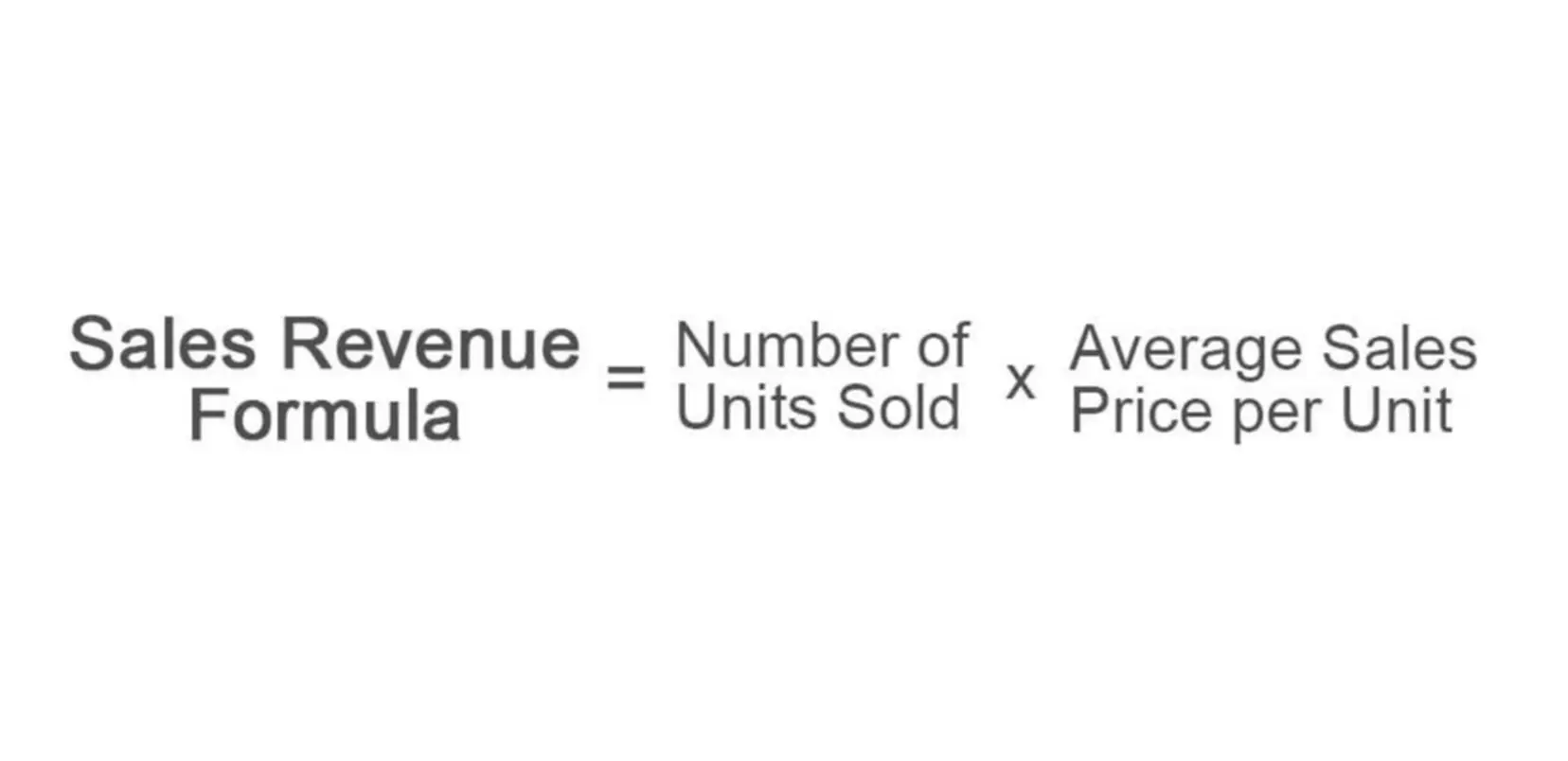Content

The asset turnover ratio should be used to compare stocks that are similar and should be used in trend analysis to determine whether asset usage is improving or deteriorating. While the asset turnover ratio is a beneficial tool for determining the efficiency of https://www.bookstime.com/ a company’s asset use, it does not provide all the detail that would be helpful for a full stock analysis. The fixed asset ratio is generally not very consistent, because even if the revenue is growing consistently, the fixed assets don’t have a smooth pattern.
- Gross SalesGross Sales, also called Top-Line Sales of a Company, refers to the total sales amount earned over a given period, excluding returns, allowances, rebates, & any other discount.
- This indicates that for company X, every dollar invested in assets generates $4 in sales.
- Another company, Company B, has a gross revenue of $15 billion at the end of its fiscal year.
- This means that for every dollar in assets, Sally only generates 33 cents.
- Higher turnover ratios mean the company is using its assets more efficiently.
- The asset turnover ratio may in any given period be lower due to a purchase of assets.
Besides his extensive derivative trading expertise, Adam is an expert in economics and behavioral finance. Adam received his master’s in economics from The New School for Social Research and his Ph.D. from the University of Wisconsin-Madison in sociology. He is a CFA charterholder as well as holding FINRA Series 7, 55 & 63 licenses. He currently researches and teaches economic sociology and the social studies of finance at the Hebrew University in Jerusalem. Now, check your understanding of how to calculate the Asset Turnover ratio.
Explanation of Asset Turnover Ratio Formula
It is plausible that a company asset turnover ratio for any given year might be higher due to various factors such as selling off assets etc. The asset turnover ratio may in any given period be lower due to a purchase of assets. Notice the total asset turnover formula lists the denominator as total assets. Well, according to the formula, you have to divide the net sales by the average total assets in order to get the asset turnover ratio.

The total asset turnover ratio is a general efficiency ratio that measures how efficiently a company uses all of its assets. This gives investors and creditors an idea of how a company is managed and uses its assets to produce products and sales. The ratio is usually calculated annually and it differs across sectors and thus one can only compare ratios of firms operating in similar sectors. There are industry standards that the ratio depends on with some companies utilizing their assets efficiently while others don’t. For instance, in the retail industry companies have small total assets and high sales volume which means that their asset turnover ratio is likely to be high. Put simply, the fixed asset turnover ratio helps determine how effectively a company is using its assets to generate sales.
What is a good total asset turnover ratio?
A company that generates more revenue from its assets is operating more efficiently than its competitors and making good use of its capital. A low asset turnover ratio suggests the company holds excess production capacity or has poor inventory management. The asset asset turnover ratio turnover ratio for each company is calculated as net sales divided by average total assets. The higher the asset turnover ratio, the better the company is performing, since higher ratios imply that the company is generating more revenue per dollar of assets.
- For every dollar in assets, Walmart generated $2.30 in sales, while Target generated $2.00.
- Sally’s Tech Company is a tech start up company that manufactures a new tablet computer.
- He currently researches and teaches economic sociology and the social studies of finance at the Hebrew University in Jerusalem.
- Financial ratios take statistics gained from income reports and balance sheets and make ratios which are useful for comparing similar companies to each other.
- A business that has net sales of $10,000,000 and total assets of $5,000,000 has a total asset turnover ratio of 2.0.
The assets documented at the start of the year totaled $5 billion and the total assets at the end of the year were documented at $7 billion. Therefore, the average total assets for the fiscal year are $6 billion, thus making the asset turnover ratio for the fiscal year 3.33. By comparing companies in similar sectors or groups, investors and creditors can discover which companies are getting the most out of their assets and what weaknesses others might be experiencing. Also while comparing asset turnover ratios, one needs to look at the performance of the companies over the last few years rather than in a single year. This is because sometimes the asset turnover ratio of any company might be inflated or deflated due to some factors such as selling off assets or large asset purchases during any given period.
Asset Turnover Ratio – Explained
Divide total sales or revenue by the average value of the assets for the year. A company’s asset turnover ratio can be impacted by large asset sales as well as significant asset purchases in a given year. Investors use the asset turnover ratio to compare similar companies in the same sector or group. It’s, therefore, most practical, and generally most impactful, to compare FAT ratios with historical figures within an organization. Additionally, it can be useful to compare them against industry averages and with the competitors that most directly reflect a company’s size and positioning. Anything tangible or intangible that is capable of being owned or controlled to produce value, and that is held to have positive economic value, is considered an asset. Simply stated, assets represent value of ownership that can be converted into cash .
- As with many o ther efficiency ratio s, it’s important to remember that there are varying industry standards for the asset turnover value.
- Divide total sales or revenue by the average value of the assets for the year.
- What makes the asset turnover ratio of utmost importance is that it gives creditors and investors a general idea regarding how well a company is managed for producing sales and products.
- Average total assets is the average of assets on the company’s balance sheet at the beginning of the period and the end of the period.
- The GoCardless content team comprises a group of subject-matter experts in multiple fields from across GoCardless.
- Locate the ending balance or value of the company’s assets at the end of the year.
- Your asset turnover ratio measures how effectively your company is using the fixed assets and liquid assets that it has to generate revenue.
It accomplishes this by comparing the average total assets to the net sales of a company. Expressly, this ratio displays how efficiently a company can utilize this in an attempt to generate sales. Sometimes analysts can use other efficiency ratios like working capital and fixed-asset turnover to determine how efficient the company is at utilizing its assets to produce revenues. But a comparison of asset turnover ratios can only make sense if one is trying to compare companies within similar industries.
Investors can use the asset turnover ratio to help identify important competitive advantages. If one company has a higher asset turnover ratio than its peers, take the time to figure out why that might be the case. If you want to compare the asset turnover with another company, it should be done with the companies in the same industry. RestructuringRestructuring is defined as actions an organization takes when facing difficulties due to wrong management decisions or changes in demographic conditions. It is best to plot the ratio on a trend line, to spot significant changes over time.
